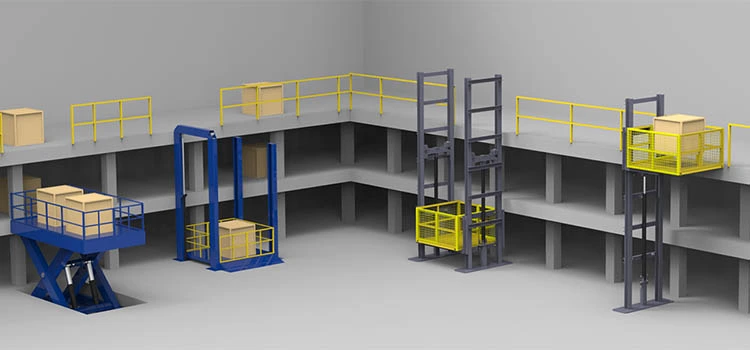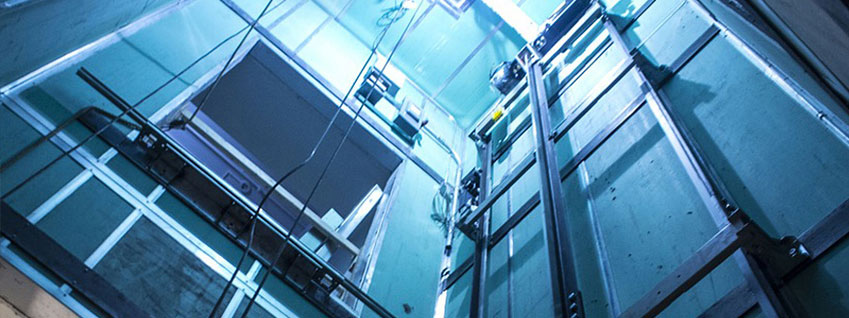Compare Disabled Platform Lifts Prices UK: Affordable Options for each Requirement
Compare Disabled Platform Lifts Prices UK: Affordable Options for each Requirement
Blog Article
Untangling the Intricacies of Lift Modern Technology: Troubleshooting Common Problems Across Lift Versions
In the realm of lift modern technology, a myriad of details often exist underneath the surface of what appears to be a straightforward mechanism. From slow procedure problems to strange sounds rising from the equipment, troubleshooting common issues across numerous lift designs requires a keen eye for detail and an organized method - repair and maintenance services. As we embark on this trip to unwind the intricacies that can torment these vital devices, a deeper understanding of the internal functions and possible challenges of lift innovation is crucial. Keep tuned as we navigate via the maze of lift malfunctions, seeking remedies to the enigmatic problems that can interfere with the smooth functioning of these vital apparatuses.
Recognizing Slow Operation Issues

Next, inspect the electrical connections to make certain that all components are effectively connected and functioning. Damaged electrical wiring or loose connections can result in slow down operation or complete breakdown of the lift system. Furthermore, it is vital to evaluate the control system to determine if the concern exists in the programming or sensors.
If the visual assessment and electric checks do not reveal the origin of the slow-moving operation, further analysis examinations might be needed. These could include pressure examinations for hydraulic systems, voltage examinations for electrical components, or running analysis software application for the control system. repair and maintenance services. By following a methodical strategy to troubleshooting slow procedure problems, you can effectively fix the problem and recognize, ensuring the lift operates securely and successfully
Dealing With Unusual Noises
To efficiently troubleshoot lift modern technology for odd noises, a thorough assessment of the lift elements adhering to the identification of slow-moving operation problems is vital. Strange sounds in lifts can be a sign of underlying problems that need punctual attention to guarantee the safety and dependability of the system. Usual sources of odd sounds in lifts consist of worn-out or misaligned sheaves, damaged electric motor bearings, loosened or broken suspension ropes, and malfunctioning control systems. When resolving weird sounds, it is vital to conduct a methodical inspection of these components to identify the precise source of the noise accurately. This may involve looking for any noticeable indicators of damage, checking the functionality of motor bearings, tightening loose links, and lubing moving parts as needed.
Additionally, it is crucial to refer to the lift supplier's upkeep standards and look for assistance from certified professionals when managing complex lift components or unfamiliar troubleshooting procedures. By promptly fixing and attending to unusual noises underlying concerns, lift drivers can make sure the optimum efficiency and security of the lift system for travelers and operators.
Resolving Faulty Control Troubles
An efficient technique for addressing damaged control issues in lift technology entails carrying out a comprehensive analysis of the control system's components and capability. When running into problems with lift controls, it is essential to initial check for any kind of loose links, damaged circuitry, or malfunctioning sensors. Validating that all control displays, keypads, and buttons are operating correctly is additionally disabled platform lifts prices uk important in detecting the problem precisely.
If no visible issues are evident, specialists need to continue to examine the control board for any kind of signs of water getting too hot, damage, or deterioration, as these can typically result in control breakdowns. In addition, resetting the control system or upgrading the software may help solve certain glitches or bugs triggering the trouble.

Tackling Hydraulic System Malfunctions
The effectiveness of hydraulic systems in lifts depends greatly on the correct functioning of different parts within the system. When hydraulic systems breakdown in lifts, it can lead to operational interruptions and safety and security concerns.
Furthermore, abnormalities in hydraulic fluid levels or unusual sounds during lift procedure might suggest underlying system malfunctions that require immediate attention to prevent further damages. Normal upkeep and timely troubleshooting of hydraulic system problems are important to guaranteeing the effective and risk-free operation of lift technology.
Dealing With Electric Part Failings
Dealing with electrical part failings in lift innovation necessitates an organized strategy to identifying and fixing issues to preserve functional performance and safety criteria. When coming across electrical issues in lift systems, it is important to first perform a complete evaluation of the electric elements, including control panels, circuitry, sensing units, and motherboard. Any kind of indications of damage, rust, loose links, or burnt components ought to be meticulously kept in mind and dealt with promptly to stop further difficulties.
In the case of electric component failures, it is vital to adhere to producer standards for troubleshooting and repair service treatments. This may entail testing the elements making use of multimeters, oscilloscopes, or various other diagnostic tools to determine the exact source of the breakdown. In addition, having an extensive understanding of the lift's electric schematics and circuitry diagrams can help in recognizing and rectifying problems successfully.
Regular maintenance and assessment timetables can help avoid electric failures by spotting prospective concerns beforehand. Appropriate training for lift professionals on electrical systems and components is likewise crucial to make certain exact diagnosis and effective lift companies in London resolution of electrical problems, eventually adding to the general safety and security and integrity of lift operations.
Verdict
In conclusion, troubleshooting lift innovation needs a methodical technique to determine and attend to typical issues such as sluggish procedure, odd noises, defective controls, hydraulic system malfunctions, and electrical component failures. By recognizing the intricacies of lift modern technology and adhering to proper repairing actions, service technicians can successfully solve problems and guarantee the risk-free and efficient procedure of lifts across various versions.
To properly fix lift innovation for strange noises, an extensive evaluation of the lift components following the identification of sluggish procedure london lift company concerns is critical. Odd sounds in lifts can be indicative of underlying issues that require punctual focus to make sure the safety and dependability of the system.An effective approach for addressing faulty control problems in lift modern technology involves conducting a comprehensive analysis of the control system's parts and capability.The effectiveness of hydraulic systems in lifts relies greatly on the proper performance of various elements within the system. repair and maintenance services. When coming across electrical troubles in lift systems, it is essential to first conduct a thorough assessment of the electrical elements, consisting of control panels, electrical wiring, sensing units, and circuit boards
Report this page